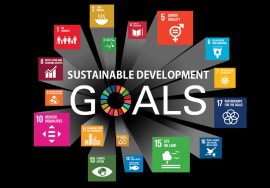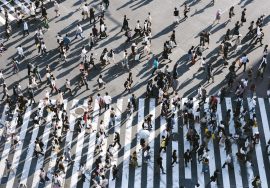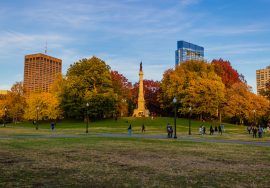
Environmental Destruction and Pandemics
The COVID-19 pandemic has highlighted the catastrophic consequences that a global health crisis can have on our society and the world as a whole. However, there is another, less-discussed aspect of this crisis that is equally concerning – the connection between pandemics and environmental degradation.
The link between environmental destruction and pandemics is well-established. As we continue to destroy natural habitats and encroach on wildlife, we increase the likelihood of pathogens crossing over from animals to humans. In fact, nearly 75% of all emerging infectious diseases in humans are zoonotic, meaning they originate in animals and are transmitted to people.
The destruction of natural habitats and the wildlife trade are two of the biggest drivers of zoonotic diseases. Deforestation, for example, has led to the emergence of diseases like Ebola and Nipah virus. The wildlife trade, which involves capturing and transporting live animals for food, medicine, and pets, has been linked to the emergence of diseases like SARS, MERS, and COVID-19.
But it’s not just the destruction of natural habitats that puts us at risk. Climate change is also exacerbating the risk of pandemics. As the planet warms, diseases that were once confined to certain regions may start to spread to new areas. For example, the warming of the Arctic is leading to the thawing of permafrost, which could release ancient viruses that have been dormant for centuries.
So, what can we do to mitigate the risk of pandemics? The answer lies in addressing the root causes of environmental destruction and climate change. This means reducing our consumption of meat and dairy products, which are major drivers of deforestation and greenhouse gas emissions. It means investing in renewable energy sources and reducing our reliance on fossil fuels. And it means protecting and restoring natural habitats, which can act as a buffer between humans and wildlife.
But it’s not just up to individuals to make these changes. Governments and corporations have a crucial role to play as well. Governments can enact policies that incentivize sustainable practices and protect natural habitats. Corporations can adopt more sustainable business models and invest in clean energy technologies.
In conclusion, the COVID-19 pandemic has shown us the catastrophic consequences of ignoring the link between environmental destruction and pandemics. It’s time for all of us – individuals, governments, and corporations – to take action to protect the planet and prevent future pandemics. We have a small window of opportunity to make a difference, and we must act now before it’s too late.



